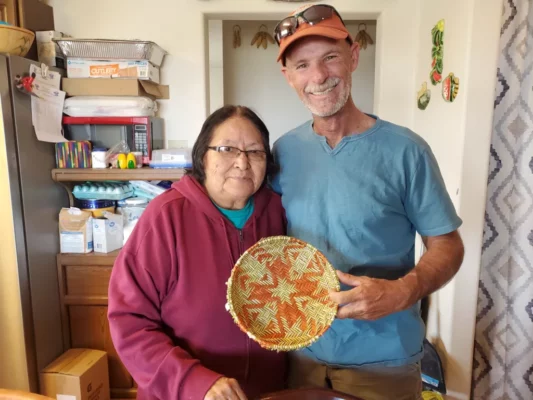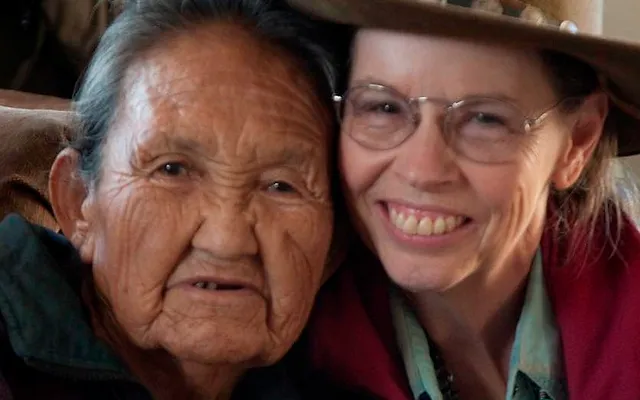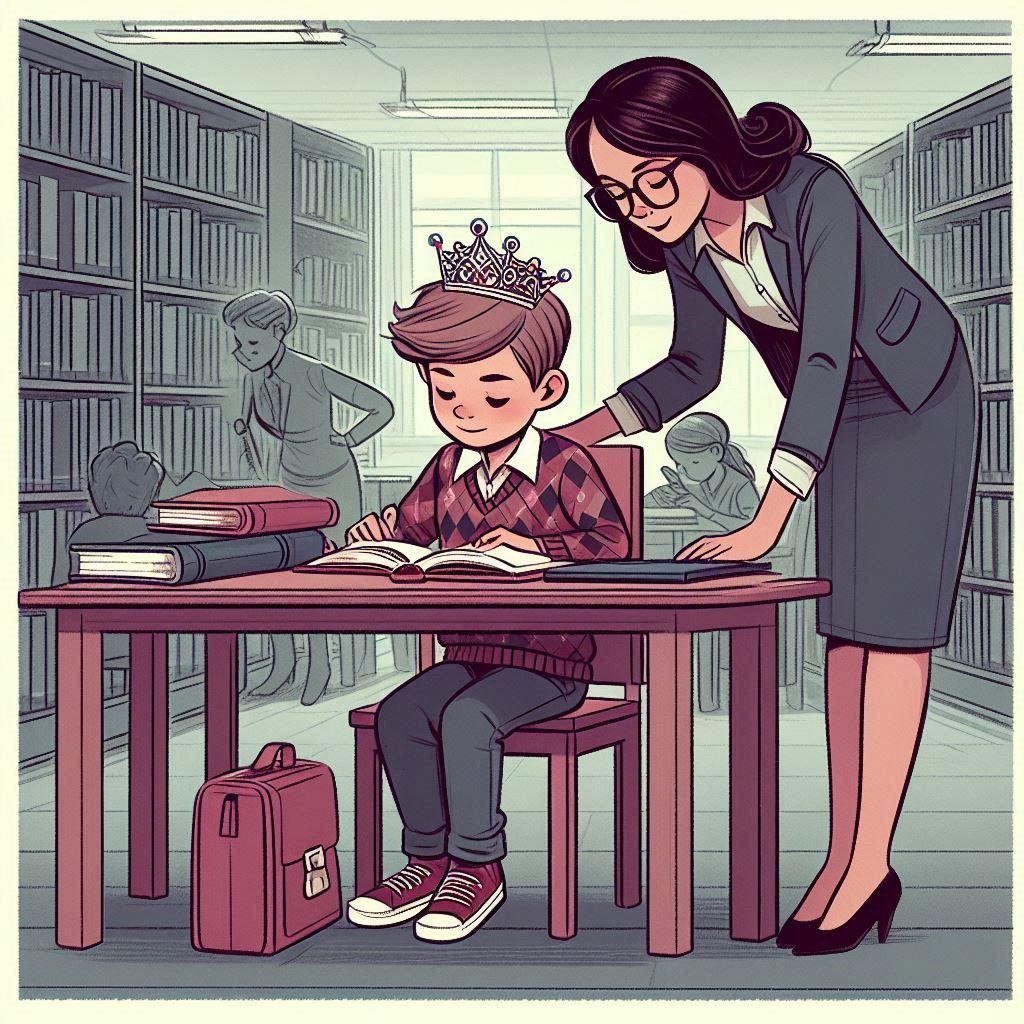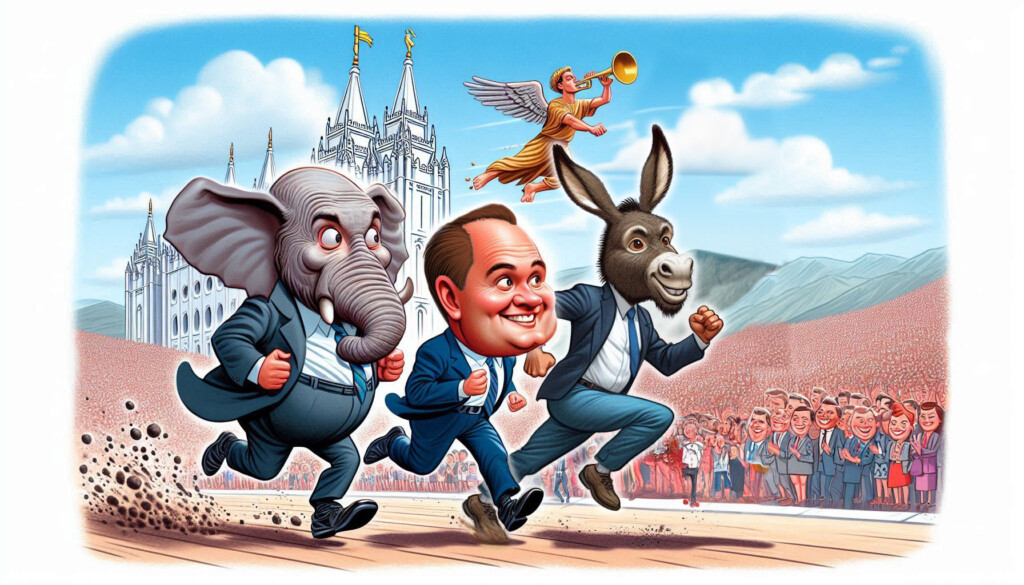Describing conditions on the Navajo Reservation is like describing a huge old cottonwood tree in the middle of the desert: the cottonwood provides shade; it’s a respite from the hot sun; it offers a sense of calm in a chaotic world. But to appreciate the tree’s grandeur, one needs to look past its surroundings. The same goes for the Navajo and Hopi reservations in Utah.
The Navajo Reservation is massive. It’s isolated communities surrounding the four-corners area in Utah, Arizona, and New Mexico. The Navajo Reservation surrounds the Hopi Reservation. “We often refer to it as the donut hole in the Navajo Reservation”, said Cheryl. Economic opportunities are limited. Cheryl and her husband can see past the difficulties and appreciate the cultural richness of the Reservations.

“You find a lot of acceptance and see the rich culture. They just fold you in, and you become a part of it,” Marzec said.
Many Hopi and Navajo earn a living by selling their art, particularly to tourists. Silversmiths, basket makers, rug weavers, potters, etc., have all had an especially difficult time these past years as COVID has kept most of the tourists away. The Marzecs, through their non-profit Sumi Nungwa has been working for the past 25 years to help them by building bridges between the white world and the Native world.
One example of someone trying to bridge the cultures and survive is Hopi master potter Dee Setalla. Traditionally producing pottery is a dying art. “Dee’s pottery is hand built from clay dug on the Rez. Dee processes the clay himself and molds each piece from coils of clay,” Cheryl said. To hand coil a pot without a wheel and fire it outside with sheep dung takes enormous skill. People who see his pottery ask how the pottery could be so precise. He is only one of many artists struggling to make a living with his art. Navajo weavers, silversmiths, basket makers, etc., struggle with the same issue.
Sumi Nungwa is an organization that the Marzecs started over 25 years ago. Its mission is to:
- Provide food, clothing, medical supplies, and firewood to Navajo & Hopi elders seeking to maintain their traditional lifestyle on their Reservations.
- Build bridges between cultures.
- Encourage Hopi & Navajo artists to continue to produce their unique, traditional arts & crafts.

“I feel like I straddle three worlds, the white culture, Hopi culture, and Navajo culture. And they are three very different worlds,” Marzec said.
Sumi Nungwa is a personal organization, in Marzec’s opinion. “We get to know each elder, their siblings, their children, and their grandchildren. We depend on donations from many generous people to fulfill our mission”. She described people who see her big silver and come into the grocery store to say hi to her. She considers many of the people on the reservations as family.
She has learned so much from her experience on the reservations. “Living in the present, living in the now without focusing so much on economics and things that cannot be changed,” Marzec said.
To listen to the episode go to Spotify, Amazon, and Radio Public.






